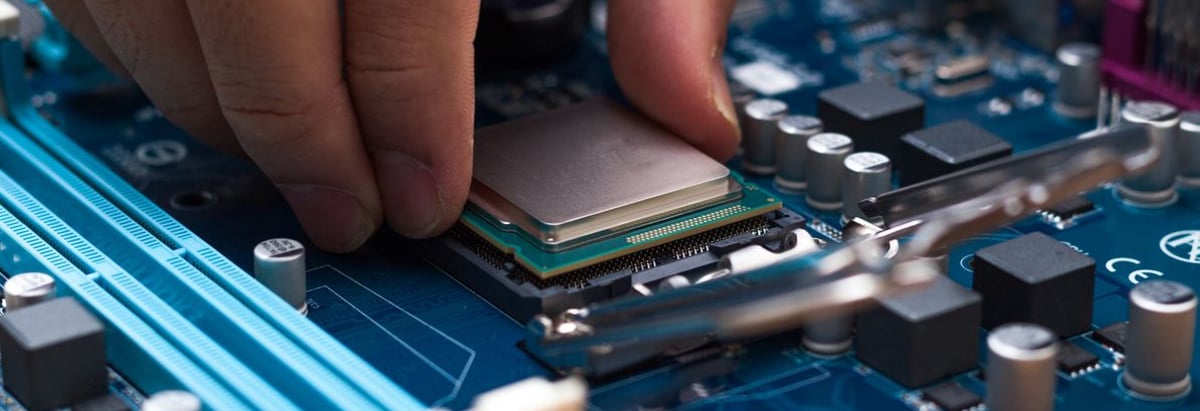- India
- /
- Electronic Equipment and Components
- /
- NSEI:REDINGTON
Redington (India) Limited (NSE:REDINGTON) Delivered A Better ROE Than The Industry, Here’s Why

Redington (India) Limited (NSEI:REDINGTON) performed in-line with its technology distributors industry on the basis of its ROE – producing a return of12.46% relative to the peer average of 10.14% over the past 12 months. But what is more interesting is whether REDINGTON can sustain this level of return. Sustainability can be gauged by a company’s financial leverage – the more debt it has, the higher ROE is pumped up in the short term, at the expense of long term interest payment burden. Let me show you what I mean by this. Check out our latest analysis for Redington (India)
Peeling the layers of ROE – trisecting a company’s profitability
Firstly, Return on Equity, or ROE, is simply the percentage of last years’ earning against the book value of shareholders’ equity. An ROE of 12.46% implies ₹0.12 returned on every ₹1 invested, so the higher the return, the better. Investors that are diversifying their portfolio based on industry may want to maximise their return in the Technology Distributors sector by choosing the highest returning stock. However, this can be deceiving as each company has varying costs of equity and debt levels, which could exaggeratedly push up ROE at the same time as accumulating high interest expense.
Return on Equity = Net Profit ÷ Shareholders Equity
ROE is measured against cost of equity in order to determine the efficiency of Redington (India)’s equity capital deployed. Its cost of equity is 13.55%. Since Redington (India)’s return does not cover its cost, with a difference of -1.09%, this means its current use of equity is not efficient and not sustainable. Very simply, Redington (India) pays more for its capital than what it generates in return. ROE can be broken down into three different ratios: net profit margin, asset turnover, and financial leverage. This is called the Dupont Formula:
Dupont Formula
ROE = profit margin × asset turnover × financial leverage
ROE = (annual net profit ÷ sales) × (sales ÷ assets) × (assets ÷ shareholders’ equity)
ROE = annual net profit ÷ shareholders’ equity
Basically, profit margin measures how much of revenue trickles down into earnings which illustrates how efficient the business is with its cost management. The other component, asset turnover, illustrates how much revenue Redington (India) can make from its asset base. Finally, financial leverage will be our main focus today. It shows how much of assets are funded by equity and can show how sustainable the company’s capital structure is. We can determine if Redington (India)’s ROE is inflated by borrowing high levels of debt. Generally, a balanced capital structure means its returns will be sustainable over the long run. We can examine this by looking at Redington (India)’s debt-to-equity ratio. The most recent ratio is 37.48%, which is sensible and indicates Redington (India) has not taken on too much leverage. Thus, we can conclude its above-average ROE is generated from its capacity to increase profit without a large debt burden.
Next Steps:
While ROE is a relatively simple calculation, it can be broken down into different ratios, each telling a different story about the strengths and weaknesses of a company. Redington (India) exhibits a strong ROE against its peers, however it was not high enough to cover its own cost of equity this year. Its high ROE is not likely to be driven by high debt. Therefore, investors may have more confidence in the sustainability of this level of returns going forward. ROE is a helpful signal, but it is definitely not sufficient on its own to make an investment decision.
For Redington (India), I've put together three essential factors you should further research:
- Financial Health: Does it have a healthy balance sheet? Take a look at our free balance sheet analysis with six simple checks on key factors like leverage and risk.
- Valuation: What is Redington (India) worth today? Is the stock undervalued, even when its growth outlook is factored into its intrinsic value? The intrinsic value infographic in our free research report helps visualize whether Redington (India) is currently mispriced by the market.
- Other High-Growth Alternatives : Are there other high-growth stocks you could be holding instead of Redington (India)? Explore our interactive list of stocks with large growth potential to get an idea of what else is out there you may be missing!
New: AI Stock Screener & Alerts
Our new AI Stock Screener scans the market every day to uncover opportunities.
• Dividend Powerhouses (3%+ Yield)
• Undervalued Small Caps with Insider Buying
• High growth Tech and AI Companies
Or build your own from over 50 metrics.
Have feedback on this article? Concerned about the content? Get in touch with us directly. Alternatively, email editorial-team@simplywallst.com
Simply Wall St analyst Simply Wall St and Simply Wall St have no position in any of the companies mentioned. This article is general in nature. We provide commentary based on historical data and analyst forecasts only using an unbiased methodology and our articles are not intended to be financial advice. It does not constitute a recommendation to buy or sell any stock and does not take account of your objectives, or your financial situation. We aim to bring you long-term focused analysis driven by fundamental data. Note that our analysis may not factor in the latest price-sensitive company announcements or qualitative material.
About NSEI:REDINGTON
Excellent balance sheet average dividend payer.
Similar Companies
Market Insights
Community Narratives



